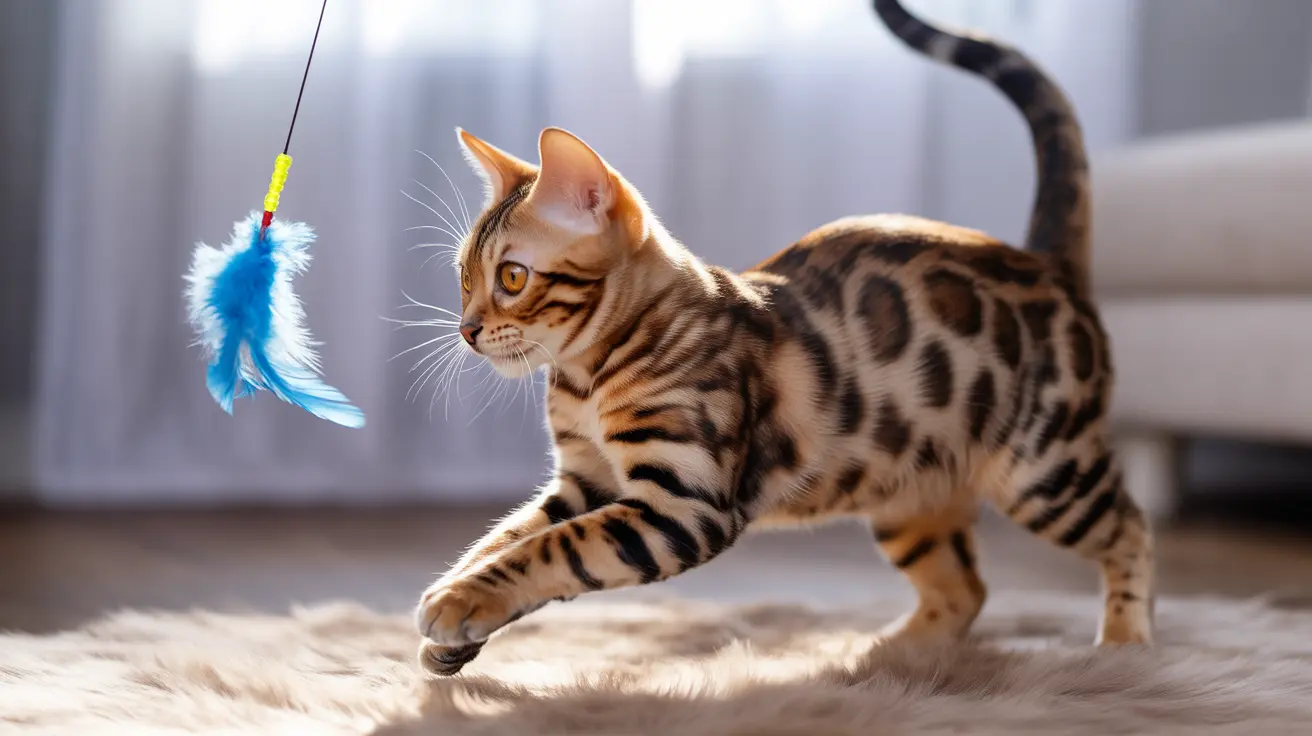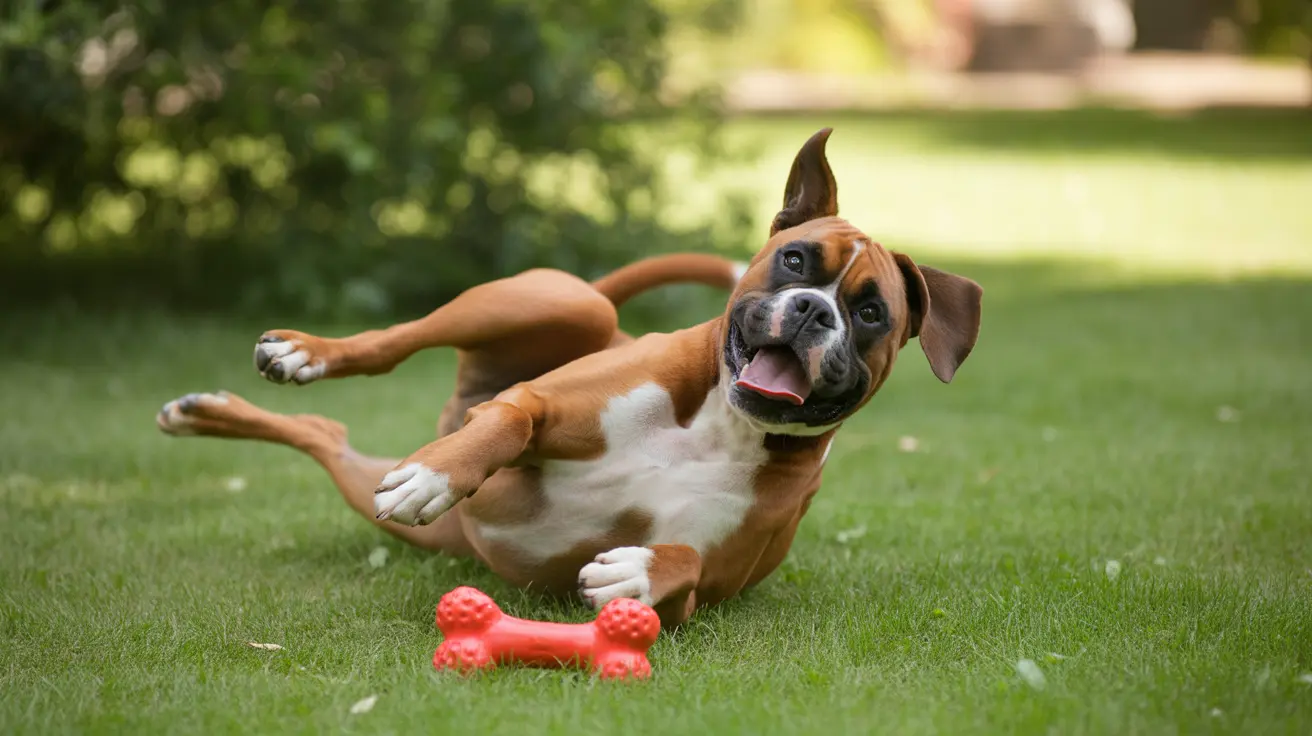Why Dog Trainers Might Avoid Harnesses and When They're Essential
The debate around whether or not to use harnesses for dogs is a common one among pet owners and dog trainers. While harnesses are essential for certain sports like canicross, some trainers advise against their use for everyday walking and obedience training. Understanding the context in which harnesses are beneficial or problematic can help pet owners make informed decisions.
Why Some Dog Trainers Advise Against Harnesses
- Promotes pulling: Standard back-clip harnesses can unintentionally encourage dogs to pull, especially in breeds that were bred for pulling tasks, such as sled dogs.
- Reduces owner's control: Harnesses may shift a dog’s center of gravity and make it harder for an owner to control or turn the dog effectively during walks.
- Behavior reinforcement: Without proper training, a harness may reinforce negative leash behavior like lunging or ignoring owner cues.
- No behavioral correction: Unlike a training collar, a harness doesn't provide correction, making it harder to guide dogs during early training phases.
When Harnesses Are Not Only Recommended, But Essential
In contrast to basic obedience training, sports like canicross require dogs to pull in a controlled and safe manner. This is where sport-specific harnesses come into play.
Canicross is a team-based sport where the dog runs ahead while pulling a human runner using a secure system made up of the following:
- A canicross harness that distributes pressure evenly and minimizes interference with the dog’s breathing and movement.
- A bungee leash that absorbs shock and reduces strain.
- A waist belt worn by the runner to allow hands-free control and better balance.
This setup is different from conventional walking gear and is designed to protect both dog and owner from injury or discomfort.
How Specialized Harnesses Benefit Canicross Dogs
- Improved performance: Dogs are more comfortable, allowing them to run effectively and enjoy the activity.
- Reduced risk of injury: A well-fitted pulling harness avoids putting pressure on the neck or joints.
- Enhanced safety: Bungee lines and belts help absorb shocks, especially when dogs pull with full body force.
Choosing the Right Harness
Not all harnesses are created equal. For canicross, pet owners need to ensure:
- The harness is specifically designed for pulling sports.
- It allows free movement of the shoulders and chest.
- It doesn’t cause rubbing or discomfort during extended runs.
Using inappropriate harnesses can lead to poor performance and injury. That’s why understanding function-based gear selection is crucial.
Training Considerations with Harness Use
Even in canicross, training is vital. Dogs should be trained using vocal cues like “left,” “right,” “slow,” and “go” to follow guidance. Pulling should be encouraged only in the proper context using the correct gear.
For general activities like obedience training or loose-leash walking, many trainers recommend starting with collars or front-clip harnesses that discourage pulling. Once basic skills are mastered, transitioning to sport-specific harnesses becomes easier.
Conclusion
Dog trainers don't universally oppose harnesses; they caution against improper or premature use. In everyday scenarios, certain harnesses can hinder training. However, in sports like canicross, specialized gear is essential. Selecting the appropriate equipment based on the activity ensures safety, effectiveness, and a stronger bond between you and your dog. Always consult a trainer or veterinarian when in doubt about your dog's gear or fitness for specific activities.





